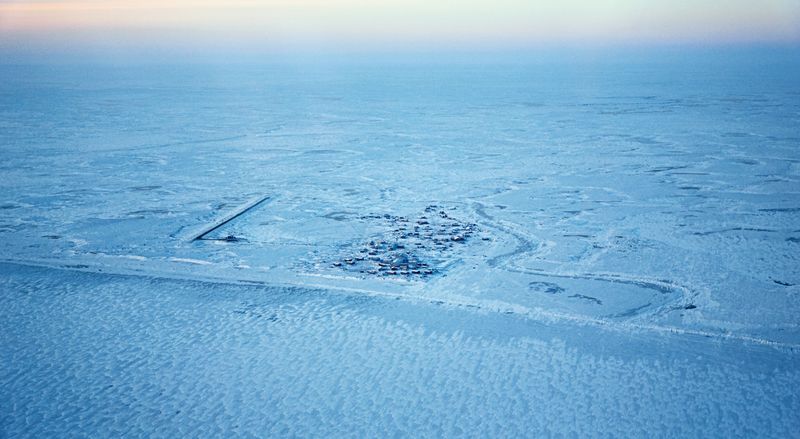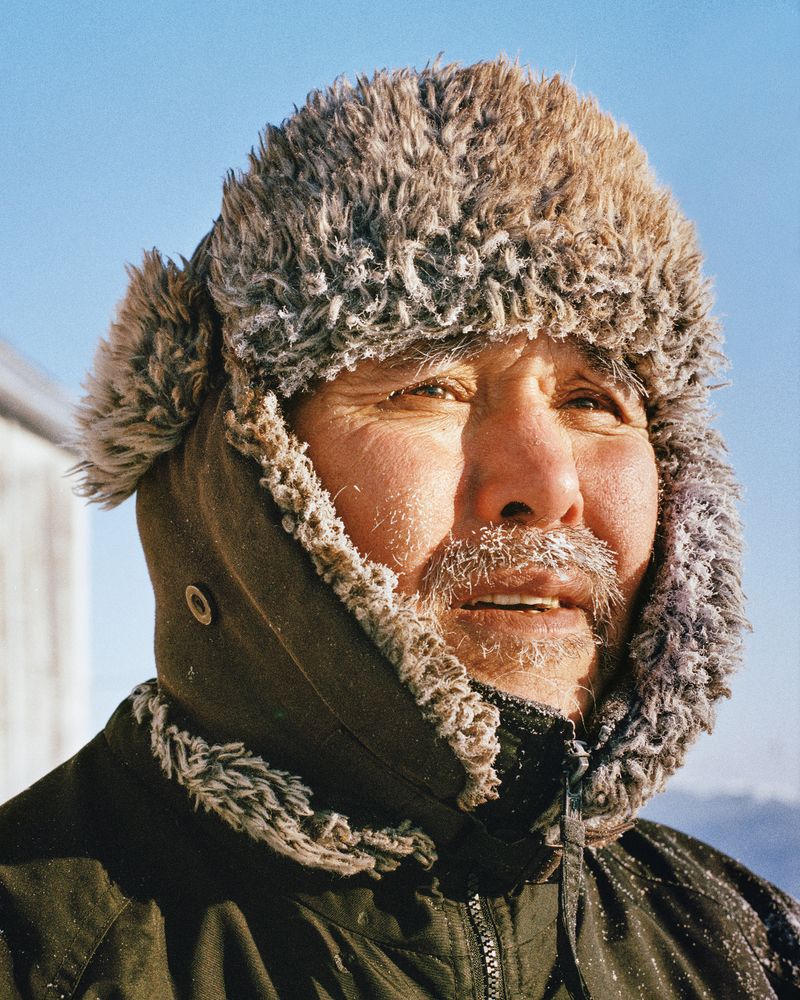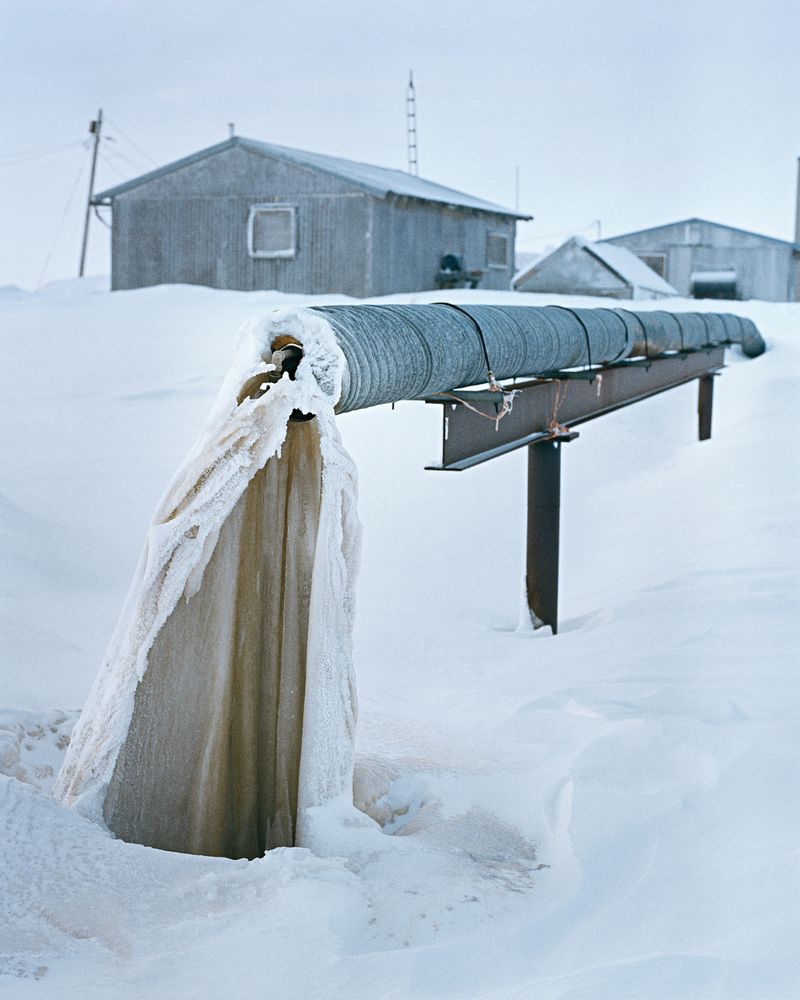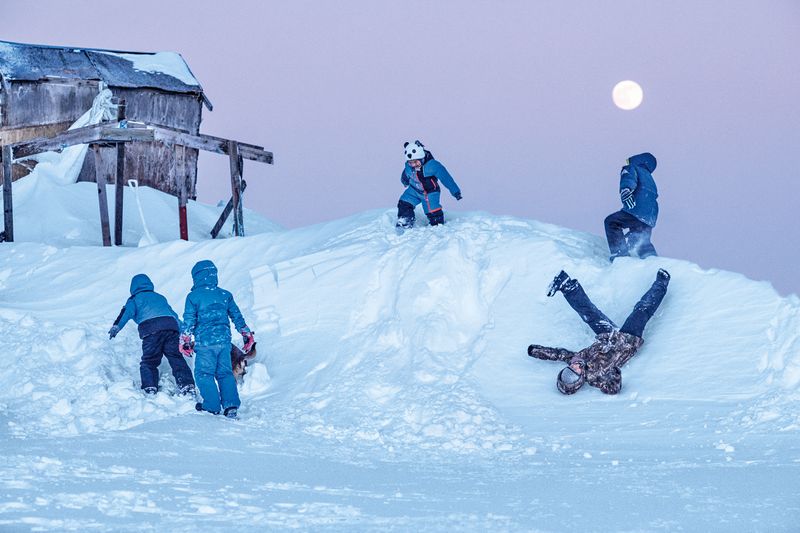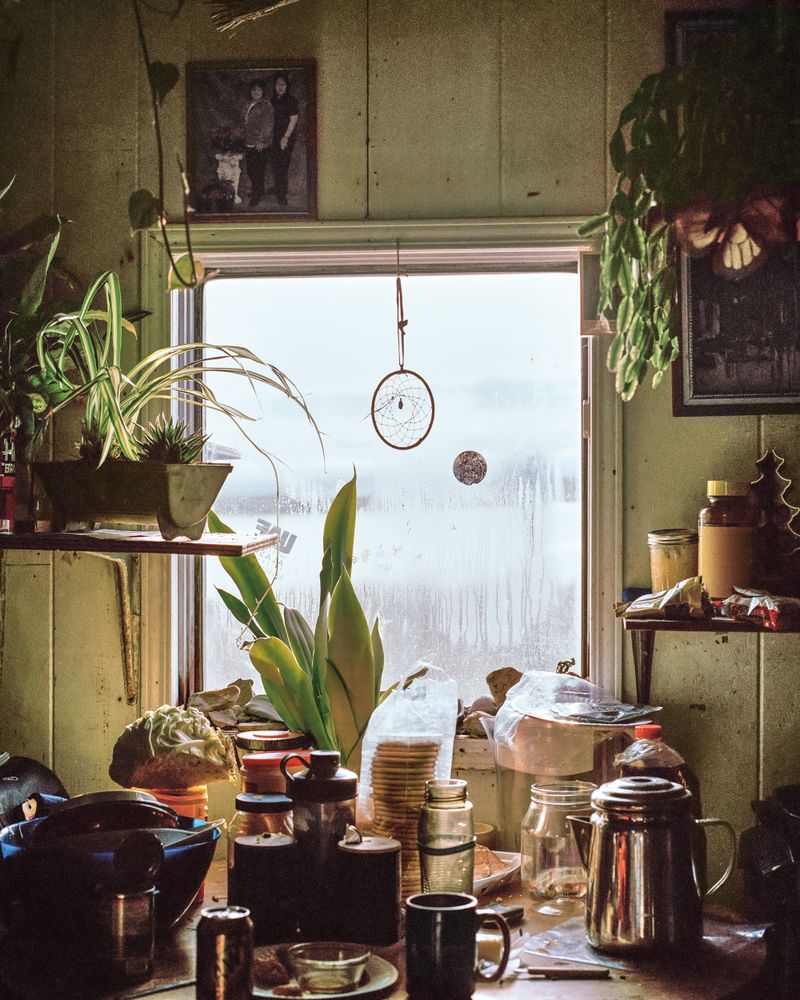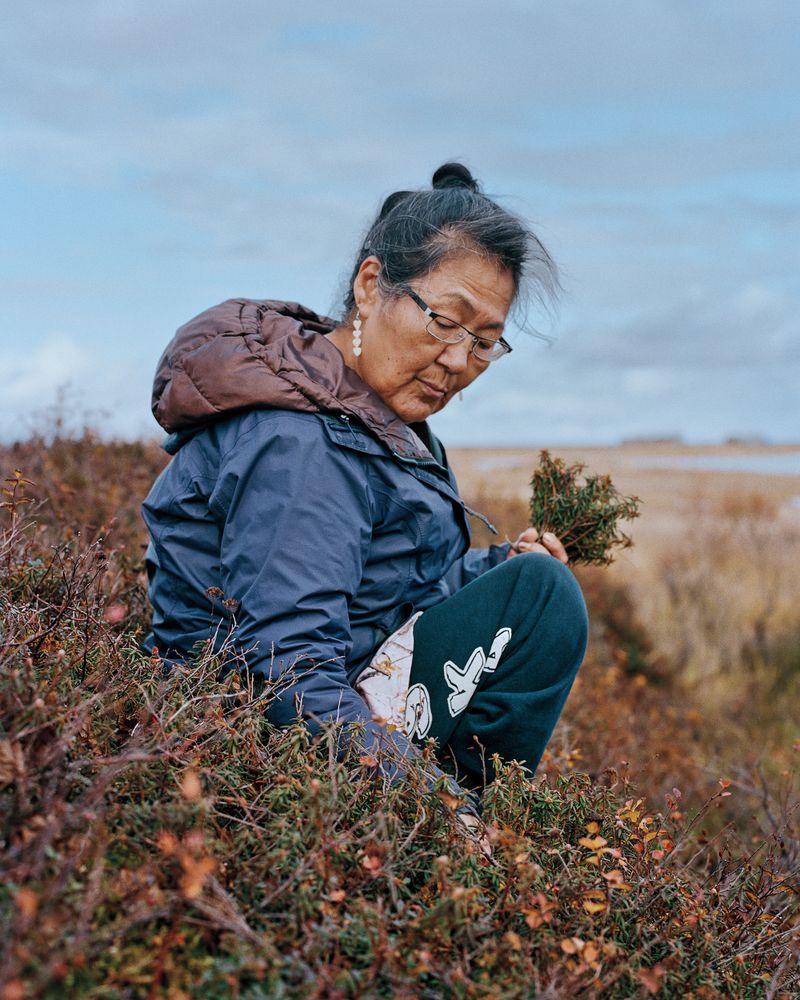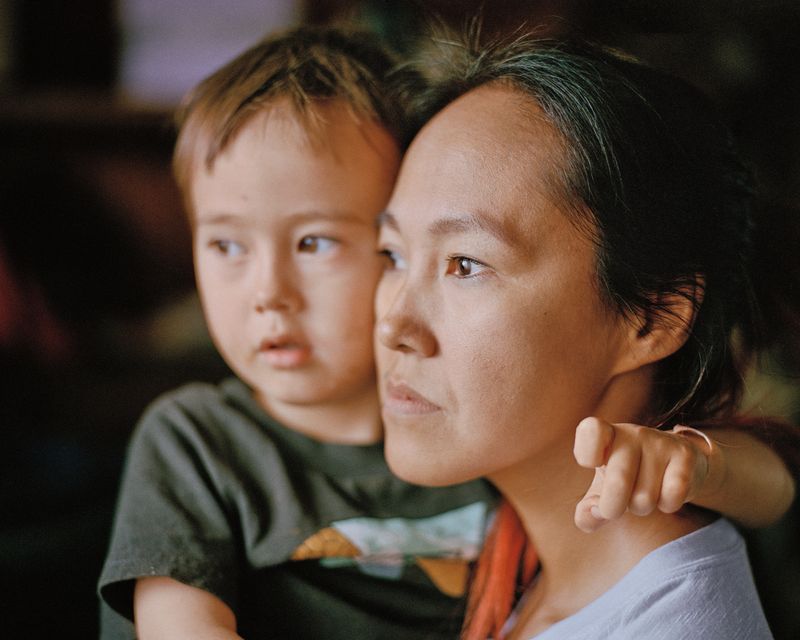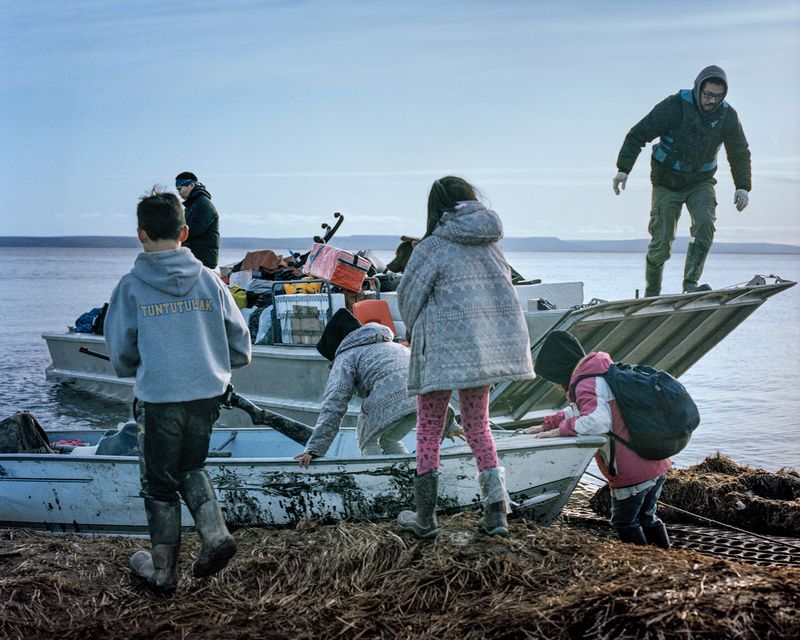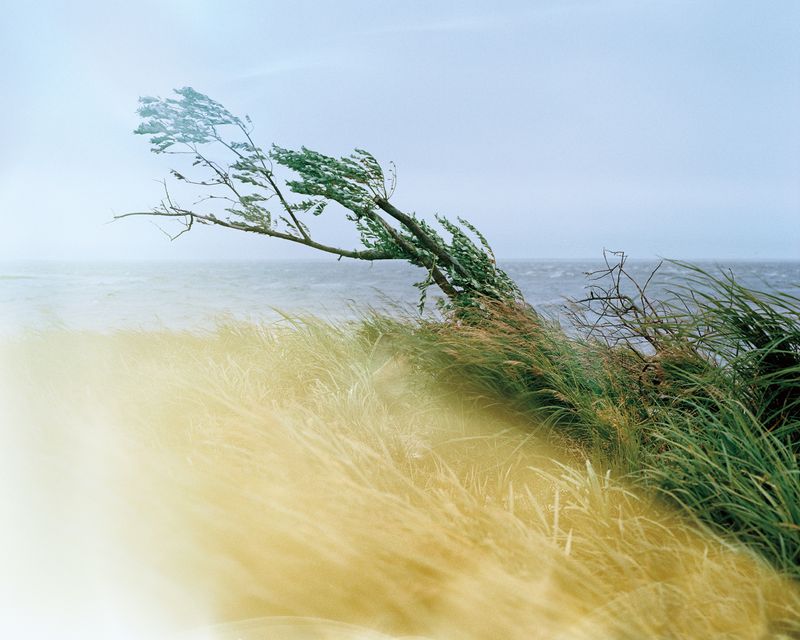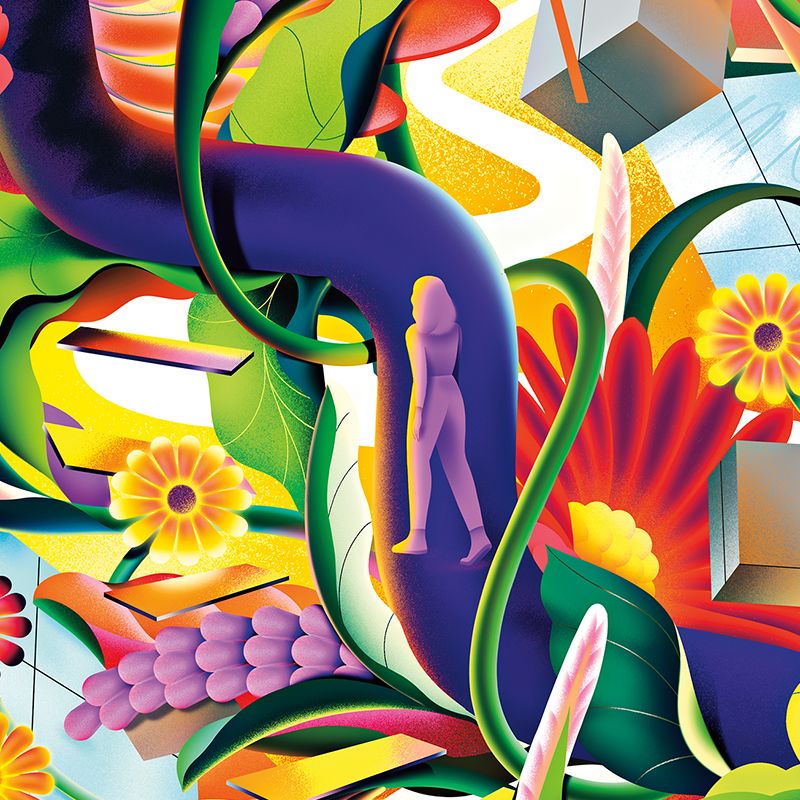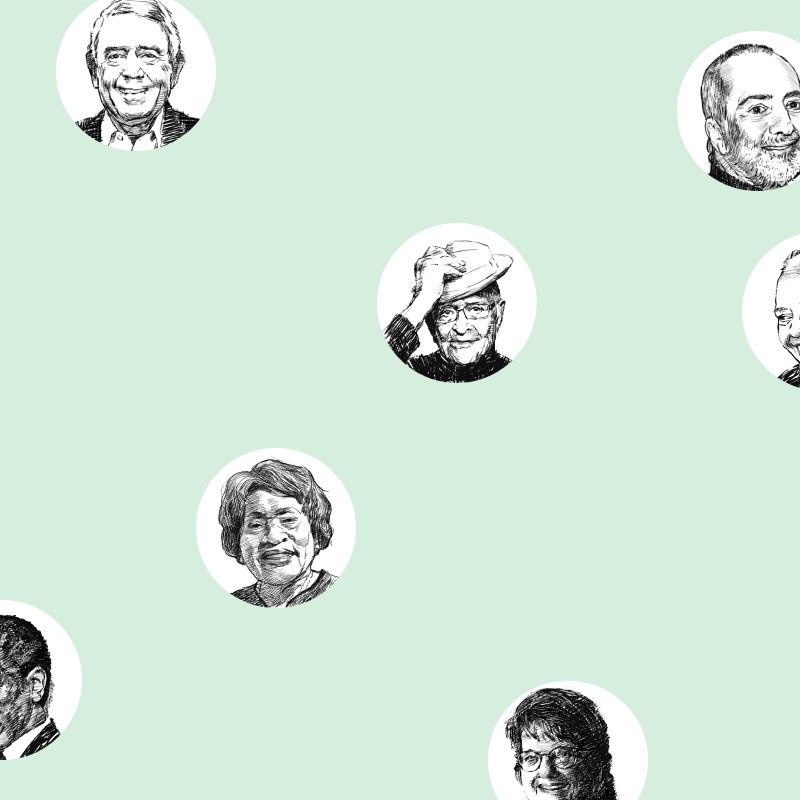In the 1950s, a barge carrying supplies for a Bureau of Indian Affairs school landed at a convenient location in the Yukon Delta. Traditionally, the Yup’ik people followed seasons across the landscape, but the federal government decided that this marshy estuary would serve as the permanent village location. In 1958, under threat of imprisonment, the U.S. government coerced the Yup’ik community, which lived in the summer village of Kayalavik, to move to Newtok in order to educate their children.
By 1983, melting permafrost was already threatening to eliminate Newtok altogether. Funding for the relocation repeatedly fell through even as rising waters endangered the community’s drinking water and homes began toppling into the river. By 2019, the village secured enough federal aid to build new homes nine miles away for a third of the residents. Today, the Newtok Village Council continues to lobby federal and state agencies to reunite the community. These photos are part of an ongoing body of work by photographers and filmmakers Andrew Burton and Michael Kirby Smith. Their feature-length documentary film, Newtok, which they filmed over a six-year period, will be released in 2022.
By 2019, the village secured enough federal aid to build new homes across the river on solid ground for a third of the villagers. Today, the Newtok Village Council continues to lobby federal and state agencies to reunite the community.
